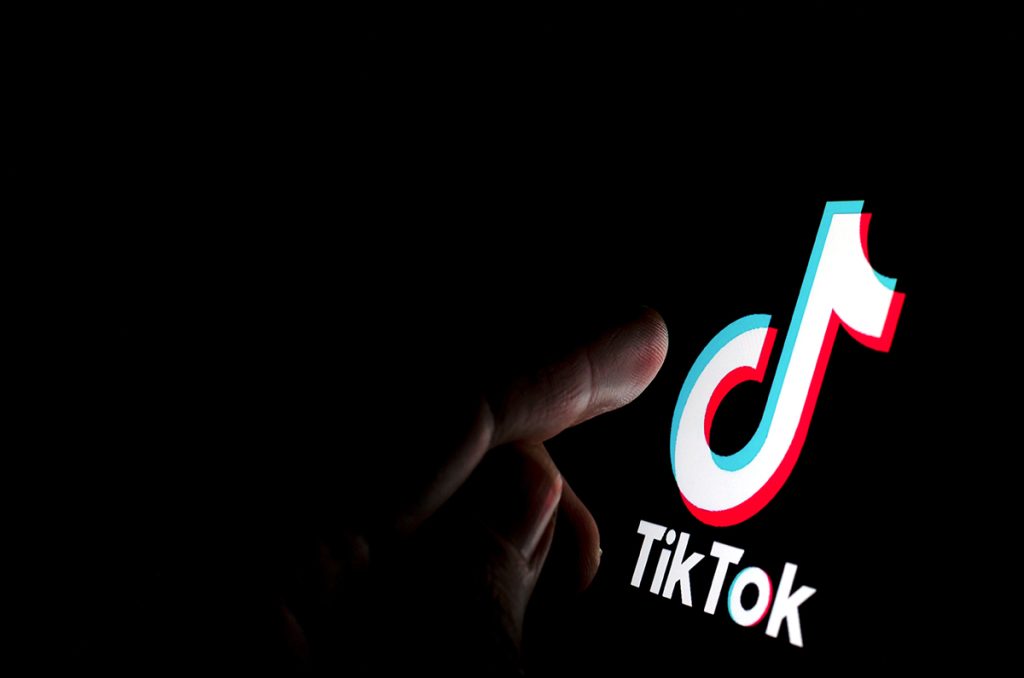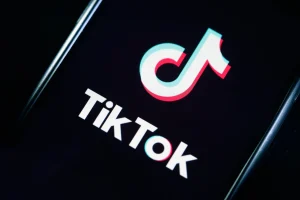TikTok, one of the most popular social media platforms globally, has a unique algorithm that determines which content gets shown to users. Whether you’re a content creator looking to boost your visibility or simply curious about how the platform works, understanding TikTok’s ranking signals is crucial. These signals are the factors that the platform’s algorithm uses to decide which videos to promote, based on a combination of user interaction, content relevance, and video performance. This article delves into the three primary ranking signals on TikTok.
-
User Interaction
One of the most important ranking signals on TikTok is user interaction. The more a user interacts with content, the more likely that content is to appear on their For You Page (FYP), which is where TikTok serves content based on individual preferences. User interaction includes several key actions such as likes, comments, shares, follows, and the amount of time spent watching a video.
TikTok pays close attention to how a user interacts with a video, especially if they engage with the video multiple times or interact with similar types of content. For instance, if a user repeatedly likes videos that feature a specific dance challenge, TikTok will recognize that and start serving more of that content on their FYP. Similarly, if a video receives a high volume of engagement in the form of likes, comments, and shares, it signals to TikTok’s algorithm that the content is resonating with users. This encourages TikTok to push the video to a broader audience.
The amount of time users spend watching a video also plays a crucial role in determining its ranking. Videos that are watched all the way through or even rewatched multiple times are seen as more engaging, signaling to the algorithm that the content is compelling and worth recommending to others.
-
Video Information
The second major ranking signal is the information contained within the video itself. This includes elements such as captions, hashtags, music, and the overall content of the video. TikTok uses this information to match videos with the right audience, ensuring that the content reaches users who are most likely to find it interesting.
Also Read: Why Can’t I Follow People on TikTok? Here’s What Might Be Going On
Hashtags play a significant role in how TikTok categorizes content. By using trending or relevant hashtags, creators can increase their chances of being discovered by people interested in similar content. For example, if a creator uses a popular hashtag related to a challenge or a viral topic, their video is more likely to be promoted to a wider audience who is actively engaging with those hashtags.
Additionally, the music and sounds used in a video are another key factor TikTok’s algorithm considers. The platform tends to prioritize videos that use popular or trending sounds, as these are more likely to resonate with a larger audience. This is especially important given TikTok’s roots as a music-based platform where trends often stem from popular songs or sounds.
Video captions also help the algorithm understand what a video is about. Although TikTok’s algorithm can analyze the video content itself, adding clear, concise, and relevant captions allows it to better categorize the video, improving its chances of being shown to the right viewers.
-
Device and Account Settings
The third ranking signal comes from the device and account settings of the user. While these factors have a more subtle influence compared to user interaction and video content, they still play a role in determining how videos are ranked. Device settings include the type of device used, language preferences, and location.
Location is a key factor in the ranking system. If a video is tagged with a location or the content is highly relevant to users in a specific area, TikTok may promote the video more heavily within that geographic region. This is particularly important for content that might have local relevance, such as community events, regional trends, or local challenges.
Account settings, such as the user’s language preferences, also influence ranking. TikTok aims to provide users with content that aligns with their language and cultural preferences. For example, if a user has set their language to Spanish, TikTok will prioritize content in Spanish or content that is most relevant to Spanish-speaking communities.
Although these factors might not have as direct an influence as user interaction or video information, they help refine the algorithm’s targeting, ensuring that content reaches the most relevant audience.
Also Read: Why Can’t I Follow People on TikTok? Here’s What Might Be Going On





